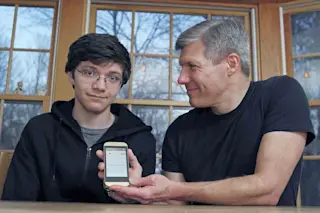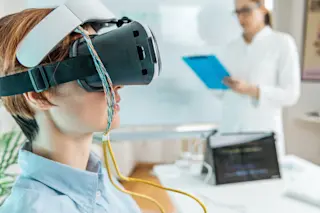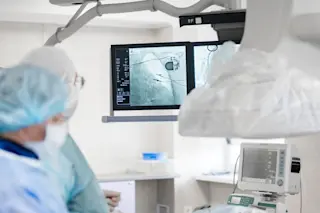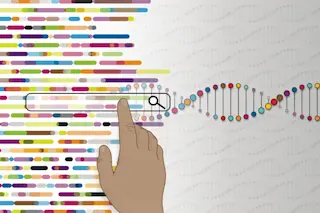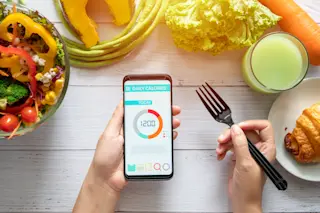Strolling through a nature preserve near the Old North Bridge in Concord, Mass., where “the shot heard ’round the world” began the American Revolutionary War, Ed Damiano is talking about another revolution, this one in the care of his son’s Type 1 diabetes. Call it the insulin shot heard ’round the world, delivered not with a handheld syringe, but automatically, from a computer-guided pump: the diabetic answer to the driverless car.
“In the fall of 2017, David heads off to college,” says Damiano, a professor of biomedical engineering at Boston University. “I want to have a version of our device approved by then.”
Damiano’s device is a technological tour de force that diabetics and their families have been clamoring for, and researchers have been studying, for decades. With hardware as complex as any medical instrument and software as convoluted as a stock-trading algorithm, the device replicates with aluminum, glass, silicon ...


